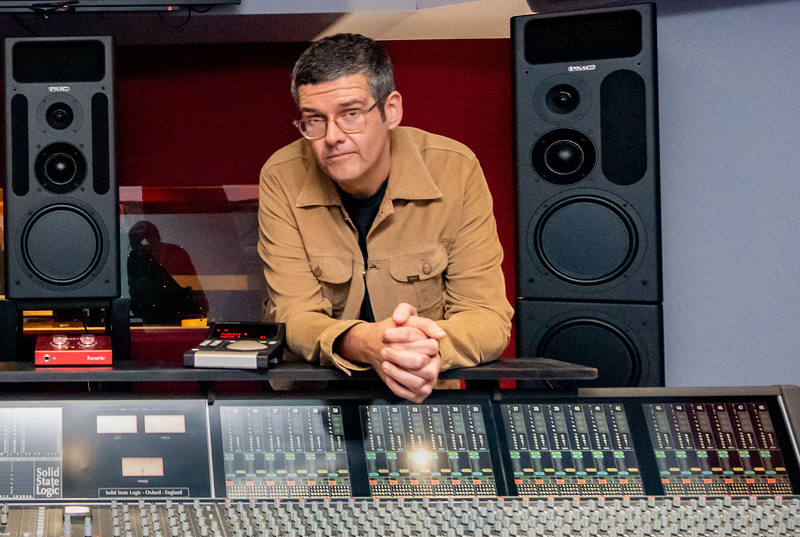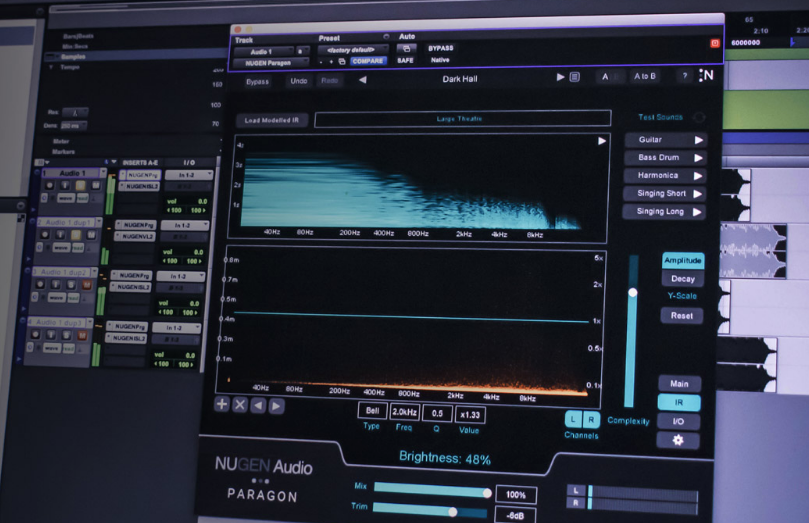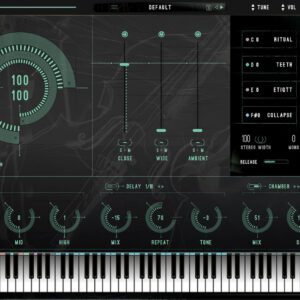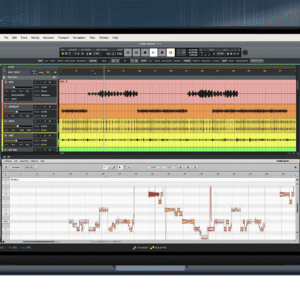
We only recommend products that we use and believe in. When you purchase through links on our site, we may earn an affiliate commission.
Producer and Engineer Jan Kybert Partners with London’s Dean Street Studios to Provide a New Avenue of Creativity for Dolby Atmos Music Mixing
Seeing a demand for skilled Dolby Atmos mixers, Jan “Stan” Kybert recently launched the Atmos-focused Auraferix studio in partnership with London’s Dean Street Studios. With such unique mixing needs, Kybert jumped at the opportunity to not only use, but become a beta tester for NUGEN Audio’s new Paragon reverb software. As one of the first people to get his hands on the software, the certified Dolby Atmos music mixer has already incorporated it into his workflow for many high-profile projects.
The world’s first 3D-compatible convolution reverb, Paragon offers full control of the decay, room size and brightness via state-of-the-art re-synthesis modelled on 3D recordings of real spaces. It also provides an unprecedented level of tweak-ability, with zero time-stretching – which means no artifacts. With purity of sound at the forefront of this plug-in, Paragon reverb operates in up to 7.1.2 channels of audio, making it perfect for surround applications, including Dolby Atmos bed tracks.

“I’m loving Paragon; it’s probably the most impressive Version 1 of any plug-in I’ve ever used,” says Kybert. “The sound and ease-of-use is there, and everything makes sense. You can tailor it very quickly to what the task requires, which is also aided by the great presets. Additionally, the ability to change the brightness and size is all on the front page. By just looking at it, you can tell the user interface (UI) is spot-on. That’s really important for a good software solution.”
Among Kybert’s favorite Paragon tools are the ‘air room’ and ‘dark chamber’ presets. “They are the two that I go between and then I can instantly tweak or tailor those to what I want for each track,” he says. “Air room has a wonderful quality of adding space, but not necessarily hearing it – almost as though the music is happening beyond the centerpoint, which is exactly what you need for an Atmos production. The opposite of that is the dark chamber, where it’s rich and deep; I want that to be heard when I use that.”



